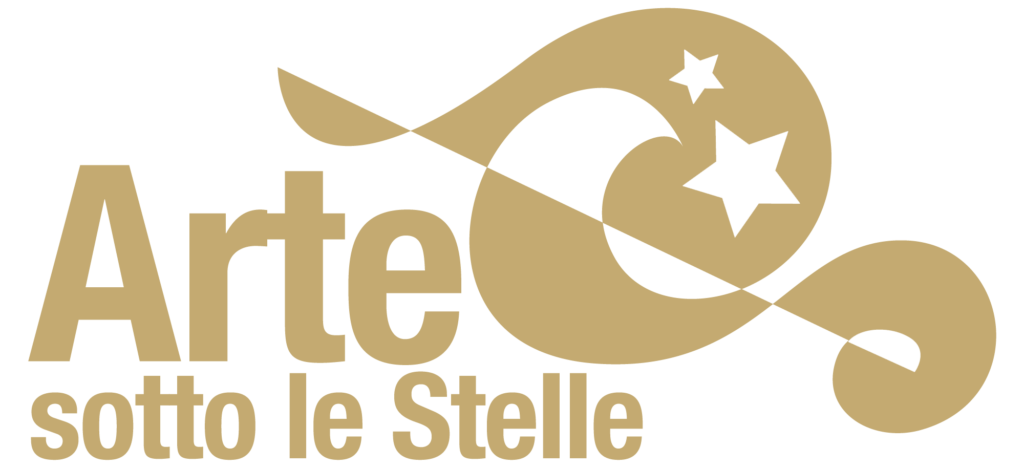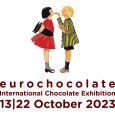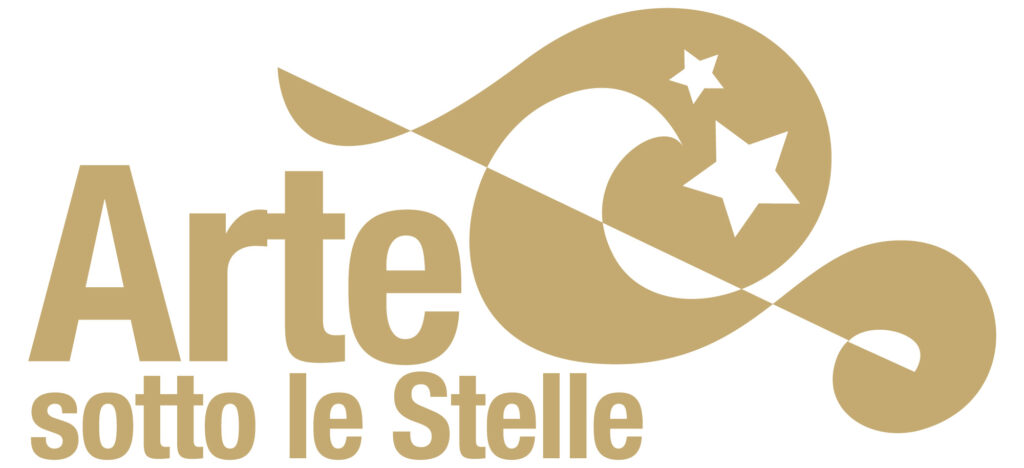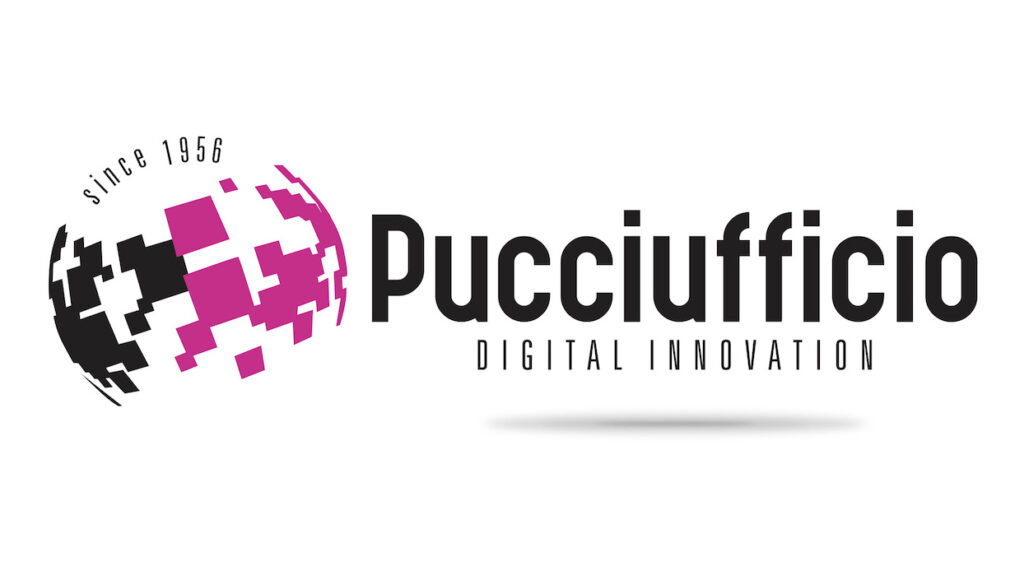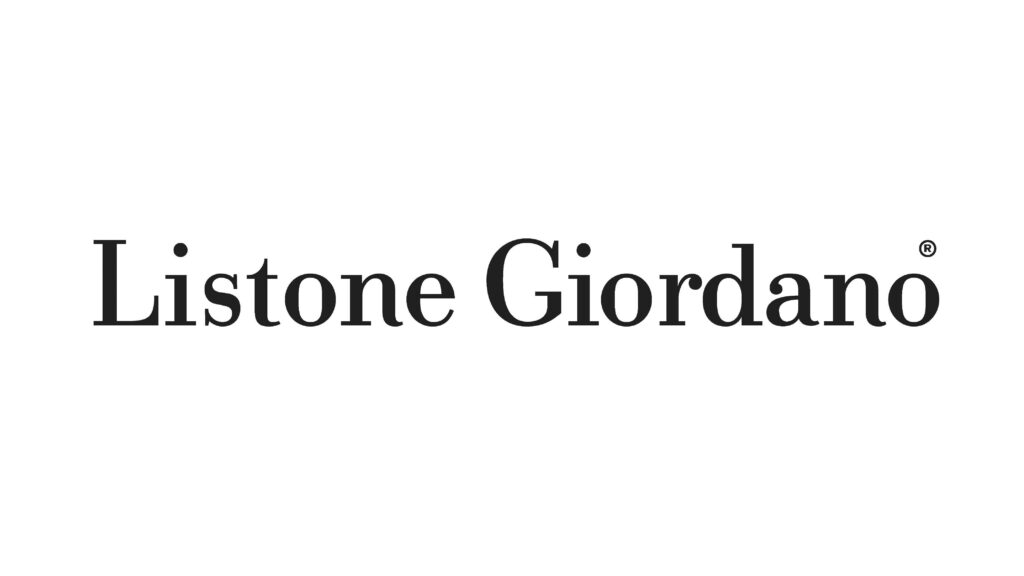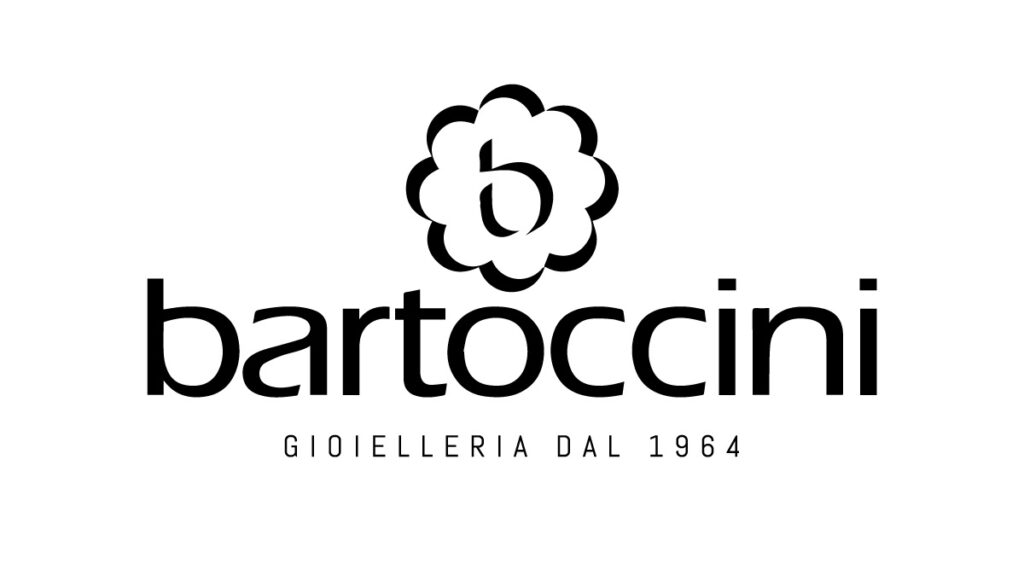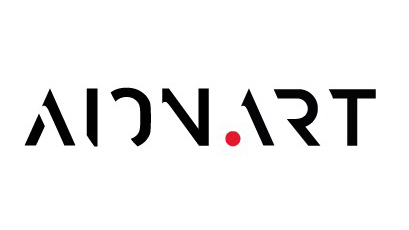In Italy
Outside the Vatican, in the city of Rome, there are two works by the artist: the famous Albani-Torlonia polyptych, probably commissioned by Pope Julius II and completed around 1491, and the Madonna with Child (1497) in the Galleria Borghese.
In Florence, where Perugino established a flourishing workshop parallel to the one he had in Perugia, he left many works worthy of mention, of every format, realized both for ecclesiastical institutions and for the devotion of private clients. In the chapter room of the old monastery of Santa Margherita de’ Pazzi he executed a monumental Crucifixion in 1495. For the church of the Santissima Annunziata, he completed a work already started by Filippino Lippi that is now in the Galleria dell’Accademia, the Deposition from the Cross, part of the altar machine conceived for the religious complex, also creating another panel from scratch, the Assumption of the Virgin, still in its original location.
At the Convent of Fuligno, during the last decade of the fifteenth century, he realized in the ancient refectory the only known work by Perugino representing the scene of a Last Supper, accompanied in the upper part by a false perspective colonnade and an animated landscape where the event of the Prayer in the garden of Gethsemane takes place.
For the church of the convent of San Giusto alle Mura, destroyed during the siege of Florence in 1529, Perugino realized between 1483 and 1493 a Pietà, a Crucifixion and a Prayer in the garden, now preserved at the Uffizi Gallery.
Commissioned by the Vallombrosans monks to adorn the main altar of their abbey, he executed an altarpiece, now dismantled, of which two tablets are now in the Uffizi, portraying Don Biagio Milanesi and Don Baldassarre Vallombrosano.
In 1493, on private commission, he executed a Madonna enthroned with Child and Saints originally meant for the church of San Domenico di Fiesole, now at the Uffizi the same museum also preserves two portraits dating back to about 1495, The Portrait of Francesco delle Opere, emblematic and sometimes considered a self-portrait, and the Portrait of a young man. In 1500 he painted another artwork with a strong portrait characterization, probably using as a model his wife Chiara Fancelli for a Saint Mary Magdalene.
Another panel attributed to the painter or his assistants is preserved at the refectory of the convent of Santa Croce depicting Saint Anthony of Padua dating back to about 1515.
In the Oltrarno area, near the ancient Mons florentinum where San Miniato miraculously brought his head, decapitated after his martyrdom, Perugino realized the drawings for the windows of the Franciscan church of San Salvatore al Monte, as well as in Santo Spirito, always located on the same bank of the Arno river.
The Galleria Palatina preserves a Lamentation over the Dead Christ, dated to 1495 and originally conceived for the convent of Santa Chiara, and the Madonna del Sacco, a painting that owes this curious name to the white travelling bag, on the left of the scene, on which Baby Jesus is resting.
Finally, the collection of the Cassa di Risparmio di Firenze preserves a detached fresco, which dates back to 1497, showing a Lamentation over the Dead Christ.
Madonna and Child enthroned between Saints John the Evangelist and Augustine (1494) was realized in the city of Florence but it then sent to Cremona where the clients, members of the wealthy family Roncadelli, lived; the painting is still kept in the Lombard city, inside the church of Sant’Agostino.
Commissioned by Ludovico il Moro, for the Charterhouse of Pavia he executed a polyptych dating back to about 1499, now dismembered.
Finally, Perugino realized three artworks in Marche region: in Fano, he painted an altarpiece very similar in composition to that preserved at the Galleria Borghese in Rome, depicting the Madonna enthroned with Child and Saints (1497), complete with the upper lunette with the Lamentation over Christ and the predella with five scenes of the Life of the Virgin, andan Annunciation (both works are still preserved in the church of Santa Maria Nuova); while in Senigallia, for the church of Santa Maria delle Grazie, he realized an altarpiece, today preserved at the Pinacoteca Diocesana of the city.

Eternal Father Blessing – Certosa – Pavia
Perugino realized four of the six compartments of the complex altar machine known as the Polyptych of the Certosa di Pavia; the work was completed

Crucifixion – Church of Sant’Agostino – Siena
The work, also known as Pala Chigi, was commissioned to Perugino in August 1502 by Mariano Chigi for the homonymous family chapel in the Sienese
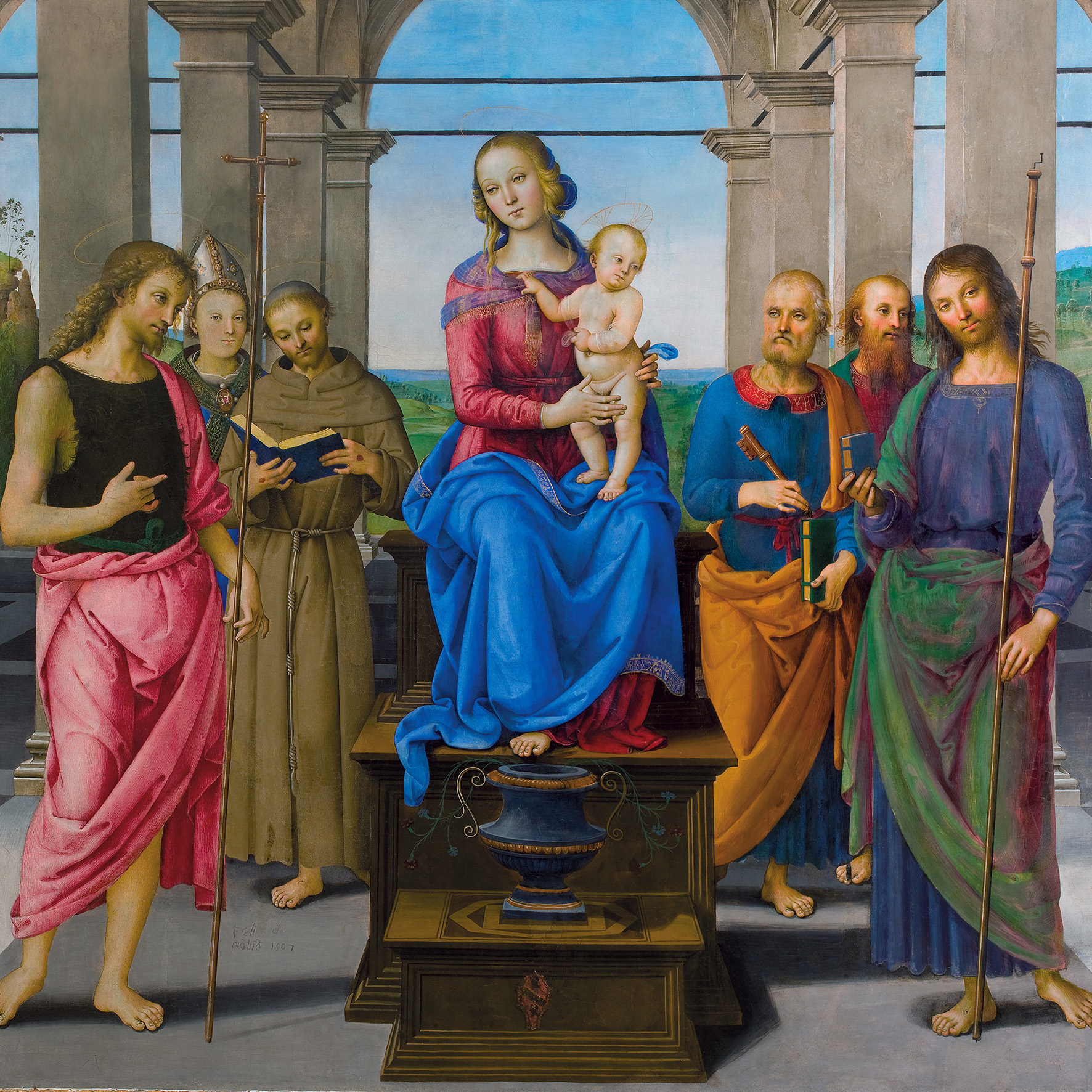
Madonna enthroned with Child and Saints – Pinacoteca Diocesana – Senigallia
The table, realized after commission of the same family of which, following the restoration, the coat of arms has reappeared, was donated by the will


